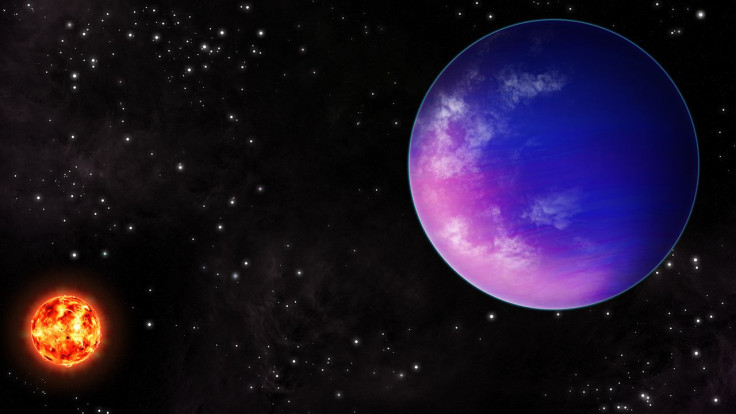Unusually Dense Exoplanet Challenges Planet Formation Theories

KEY POINTS
- Exoplanet K2-25b is very dense for its size and age, defying planet formation theories
- It is smaller than Neptune but has a mass that is 1.5 times larger
- The characterization provides valuable insight into planet formation and evolution
A sub-Neptune-sized exoplanet was found to be unusually dense for its age and size. Researchers say its very existence is "at odds" with what is currently known about planet formation.
Although they don't exist in our own solar system, planets that are within a size range between Earth and Neptune are said to be the most common kind of planets in other discovered galaxies. Astronomers believe studying these "sub-Neptune" planets could lead to a better understanding of planetary formation and evolution.
In a new study, a team of researchers conducted a detailed observation of K2-25b, an exoplanet slightly smaller than Neptune that is orbiting a young M-dwarf star in the Hyades cluster about 150 million light years away from the Earth.
Using the Habitable-zone Planet Finder at The University of Texas at Austin's McDonald Observatory, the team characterized K2-25b's mass, orbit and radius and they found something rather odd about it.
"Although smaller in size than Neptune, the planet interestingly has a mass about 1.5 times larger than Neptune," study lead Gudmundur Stefansson, a postdoctoral fellow at Princeton University, said in a news release. "The planet is dense for its size and age, in contrast to other young, short-period sub-Neptune systems which are often observed to have low densities and extended evaporating atmospheres."
One of the theories about giant planet formation is that they first create a rock-ice core of up to five to 10 times the Earth's mass, then they begin to cover that core in a massive cloak of gas hundreds of times the Earth's mass. This means such planets typically have a smaller rocky core and a more massive gas envelope. This is the case with Jupiter.
But in the case of K2-25b, its size and density suggest that its core is quite massive while its gas envelope is only thin, defying the predictions for the formation of such planets.
The questions that need to be answered now include how K2-25b was able to create such a massive core that goes beyond the theoretical limit of being 5 to 10 times the mass of Earth and why it didn't develop a much thicker cloak of gas.
One possible explanation, according to the researchers, is that the core might have been a result of a collision between planetary cores.
"To explain its currently observed mass, we surmise that K2-25b could be the product of planet merging events of smaller planetary cores to produce a more massive planet," the researchers said.
The researchers' characterization of K2-25b provides valuable insight into how such planets form and evolve. For instance, the measurement of K2-25b's planetary orbit tilt is only one of the few such measurements to date and the method that they used could also be utilized for measuring other planetary systems.
"K2-25b's orbit is well aligned with the host star's equator, giving insights into how planetary systems around low-mass stars form," study co-author and professor of astronomy and astrophysics at The Pennsylvania State University, Suvrath Mahadevan, said in a news release. "Only three other planetary systems orbiting low-mass stars have had their orbital tilts measured. By leveraging the large 10m aperture of the Hobby-Eberly Telescope and HPF's sensitivity at near-infrared wavelengths — where low-mass stars emit most of their light — we are excited to conduct similar observations of other M-dwarf planetary systems to further study how they form and evolve."
The study is published in the Astronomical Journal.
© Copyright IBTimes 2025. All rights reserved.






















